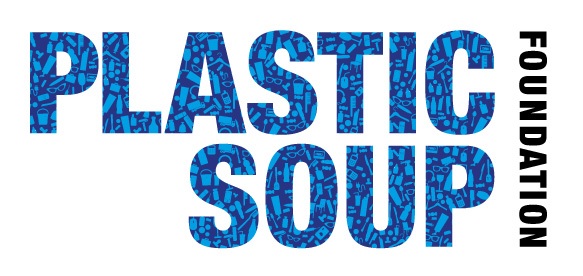Amsterdam, 27 June 2019 – The fact that each day we eat, drink and breathe microplastics has been known for some time; but the number of microplastics involved was still unclear. Researchers at the University of Victoria in Canada have now investigated how many microplastics an average American citizen intakes. An estimate was also made for American children.
Estimates
Based on previously published data on microplastics in food & beverage and in the air, the researchers made estimates of the minimum intake. An adult male in America intakes the most plastic particles: about 121,000 microplastics per year. For women the figure is 98,000 particles. The largest sources of microplastics turned out to be bottled water, fish and shellfish. Bottled water contains no less than 94 particles of microplastics per litre, compared to 4 particles per litre in tap water. It is estimated that children ingest between 74,000 and 81,000 plastic particles annually.
Gross underestimation
However, the available data is far from complete. For example, there is no data available on the amount of microplastics in chicken, beef, cereals and vegetables. The food & beverage groups included in this study therefore represent only 15% of the calorie intake of the average American. For this reason, according to the researchers, the figures presented are probably a gross underestimation of the actual exposure. They recommend research into other food groups in order to obtain a more complete picture.
WWF campaign
The World Wildlife Fund (WWF) recently started a new campaign: we would ingest five grams of microplastics per week, comparable to the weight of a credit card. These five grams are based on an intake via food & drink of about 2,000 particles per week, of which 90% is through bottled water. The Canadian study also found around 2,000 particles per week, but that includes the particles we breathe. The WWF did not consider airborne intake.
Knowledge gap has health consequences
However, it does not seem appropriate to emphasise the weight of the intake. It is suspected that the most harmful particles weigh the least. This is also emphasised by the Canadian researchers. The smaller, and therefore lighter, particles may be able to pass through the intestinal and lung barriers and spread through the rest of our bodies. However, it is not known to what extent these particles are ingested, as they are so small that they cannot be detected with the current measurement methods.
Plastic Soup Foundation is concerned that so little research has been done into the health effects of micro- and nanoplastics and wants to know if we become sick from them. The aim of the Plastic Health Coalition, a partnership between scientists and environmental organisations initiated by the Plastic Soup Foundation, is to answer this question.
Read also – Plastic in your body: emphasis on size rather than weight
Read also – Health Council: “Prevent health risks caused by micro and nanoplastics”





